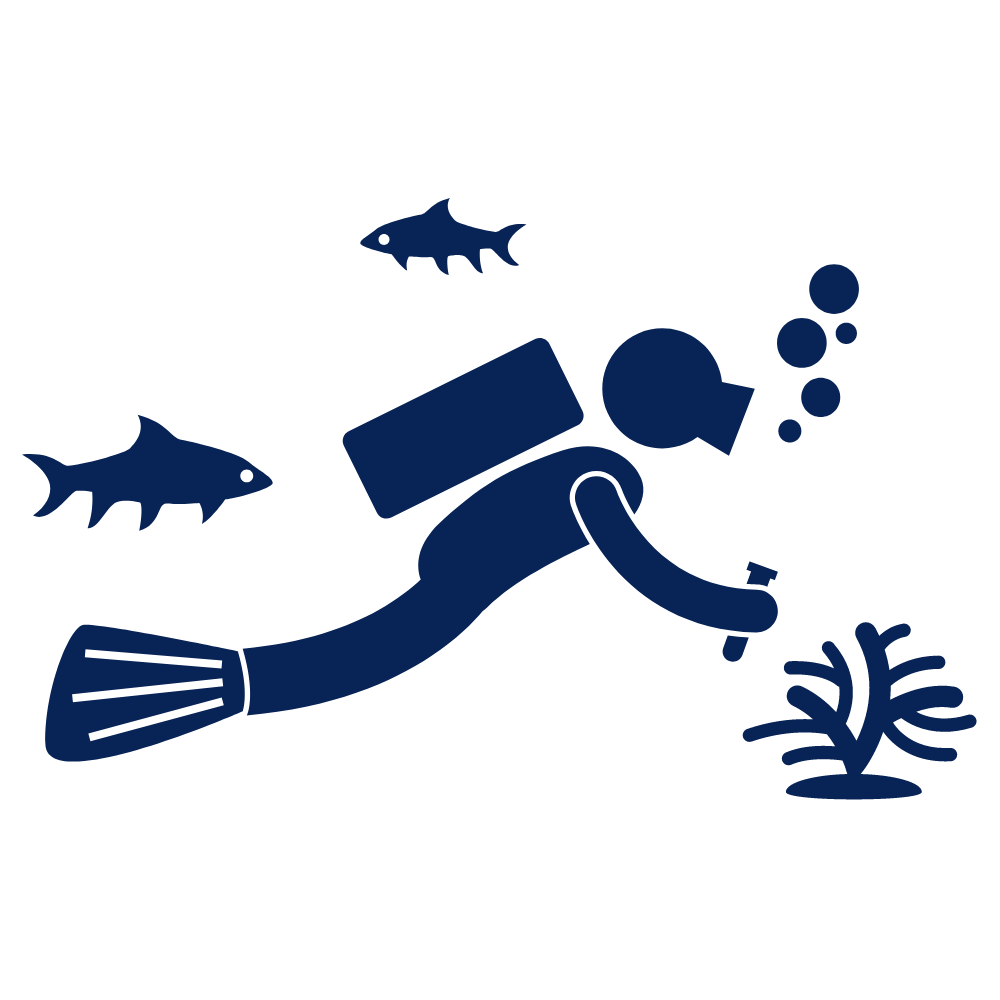Posted by admin | 09.29.2011 | Conservation, Marine Science, Turtle Talk
Sea Stories of Success
In a world with inumerable threats to sea turtle populations, we enjoy talking about some positive conservation news. And that is what has been reported in a recent paper published in Biological Conservation by Finkbeiner et al. While our students have seen firsthand the negative impacts from sea turtle interactions with fisheries, it appears that bycatch and mortality are both on the decline – in the US at least.
In the first cumulative study of sea turtle bycatch, researchers produced estimates of US fishery interactions and mortality between 1990 and 2007. Many are familiar with the horror stories of sea turtles caught in shrimp trawls; it was estimated that 5,000 Kemp’s were killed each year, but with such low levels of observes it could easily be more.
 The conservation call was sounded, which brought about the implementation of Turtle Excluder Devices (commonly known as TEDs). First used in 1987, the openings were deemed too small to exclude larger (and likely more reproductive) individuals. In 2003, TED openings became wide enough to exclude all turtles, not just the small ones. And since then it seems that turtle bycatch and mortality has been declining. Bycatch is roughly 60% lower, while sea turtle death has seen an incredible 94% reduction.
The conservation call was sounded, which brought about the implementation of Turtle Excluder Devices (commonly known as TEDs). First used in 1987, the openings were deemed too small to exclude larger (and likely more reproductive) individuals. In 2003, TED openings became wide enough to exclude all turtles, not just the small ones. And since then it seems that turtle bycatch and mortality has been declining. Bycatch is roughly 60% lower, while sea turtle death has seen an incredible 94% reduction.
While we wish we could stop and celebrate, there is still considerable work to be done in the conservation movement. Kemp’s are still the most likely to suffer absolute mortality from fisheries, but loggerheads interact with the most fisheries of any species. There is no surprise that the worst offenders appear to be shrimp trawls throughout the Southeast and the Gulf of Mexico.
Presently there is no cumulative take limit that spans across different fisheries. So the regulations on shrimp trawlers, pound netters, and scallop dredgers don’t take into account the others impact on sea turtle populations. Also, observers on vessels are abysmally low. Observer coverage for sea turtles on Gulf of Mexico and Southeast shrimp trawls is less than 1%, while marine mammals are afforded considerably greater coverage under the Marine Mammal Protection Act (MMPA).
While we would all like to turn the tide of sea turtle population decline quickly, but there are so many factors, stakeholders, government organization, and countries involved that this is impossible. However, since we are constantly inundated with negative reports, it is nice to hear some stories of success.



 Marine Bio
Marine Bio SCUBA
SCUBA Travel
Travel School Groups
School Groups Sign Up
Sign Up CONTACT
CONTACT CAMPS
CAMPS ABOUT
ABOUT